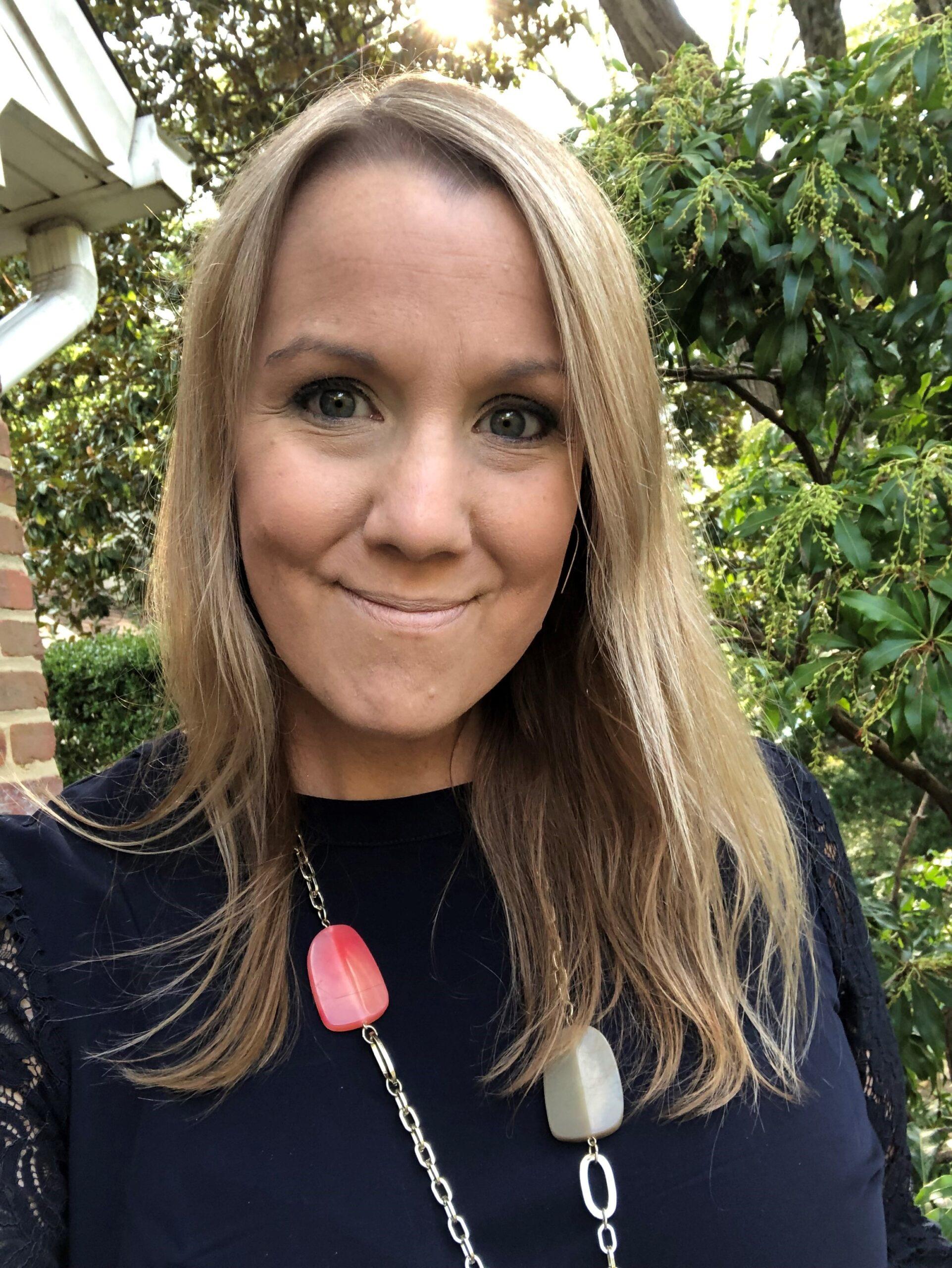Supporting continuous quality improvement in programs and services for young children
In the home visiting (HV) and early care and education (ECE) fields, there is a growing shift toward the use of an ongoing, cyclical process of improvement as a key part of high-quality programs and services. The term continuous quality improvement (CQI) is used to describe such a process, in which data are used to identify a program’s strengths and opportunities for improvement, which are then tested, refined, incorporated into practice, and re-examined over time. While CQI is not new to business and manufacturing, its principles are being tested and applied to HV and ECE programs and services in new and innovative ways that allow for shared learning between these sectors.
This blog post, part of a series examining knowledge sharing across ECE and HV, focuses on initial lessons learned from CQI efforts across these two fields and offers considerations for moving forward.
CQI is a structured and cyclical process that includes collecting data, action planning based on the data, testing changes, refining those changes, and starting the cycle over again to sustain improvements over time—often called the Plan-Do-Study-Act cycle. The term CQI has been used to mean different things in the early childhood field. For example, child care programs participating in some quality rating and improvement systems may be encouraged to engage in CQI by using a self-assessment tool and developing a quality improvement plan based on the results.
However, this describes only one part of a CQI process. To achieve the potential benefits of CQI in early childhood, programs need an ongoing structured quality improvement process. For example, the Breakthrough Series Collaborative (BSC) is a structured, facilitated, and collaborative approach that programs can use to implement CQI. The BSC has shown promise in creating a culture of quality improvement in a set of child welfare programs, and in a preschool program in Chile. New research is testing the use of BSC in ECE programs.
Home visiting programs under the Maternal, Infant and Early Childhood Home Visiting Program (MIECHV) are required to use CQI as a central tenet of high-quality service provision. In 2013, the Health Resources and Services Administration began the first HV Collaborative Improvement Innovation Network (HV CoIIN) to support collaboration between state and local programs to jointly identify a topic area of concern and use CQI methods to identify and test innovations. Efforts within the HV field suggest that structures such as HV CoIIN may be critical frameworks for supporting staff who engage in CQI endeavors. The Department of Health and Human Services has provided TA toolkits that explain the structured process and guide programs through each element of the CQI process.
CQI efforts are best implemented and sustained within an organization-wide culture of quality improvement. Effective CQI requires staff and leaders who make it a central tenet of the organization’s culture. To embed CQI in workplace culture, leadership and staff must believe in the value of examining data on program practices, and may require support for implementing and refining improvement strategies.
New Jersey’s home visiting program fosters a culture of quality improvement throughout all entities involved in implementing home visiting, including the state agency and local HV programs. The state agency collects data to monitor outcomes of interest while local programs implement Plan-Do-Study-Act cycles to test changes to improve the same outcome. Together, the state agency and local programs use dashboards that allow staff to easily visualize how HV programs perform on indicators and to compare local program performance over time and with other programs. An example is provided by the New Jersey CQI collaborative, which wanted to test whether a phone call connecting a potential family to a home visiting staff member increased the number of families who enrolled in services. Using CQI methods to test this question, the state improved the quality of its recruitment of families, increasing their rate of enrollment in home visiting by almost 30 percent. Each year, the state CQI team identifies new outcomes to improve (e.g., time from referral to enrollment) and test through CQI methods.
Lessons learned from home visiting, and emerging efforts in ECE, indicate great potential for future expansion of CQI efforts in early childhood fields. Because both fields promote positive outcomes for young children, it is critical to continue shared learning—which further promotes our understanding of the feasibility and implementation of this approach to quality improvement—across HV and ECE.
© Copyright 2024 ChildTrendsPrivacy Statement
Newsletter SignupLinkedInYouTube
